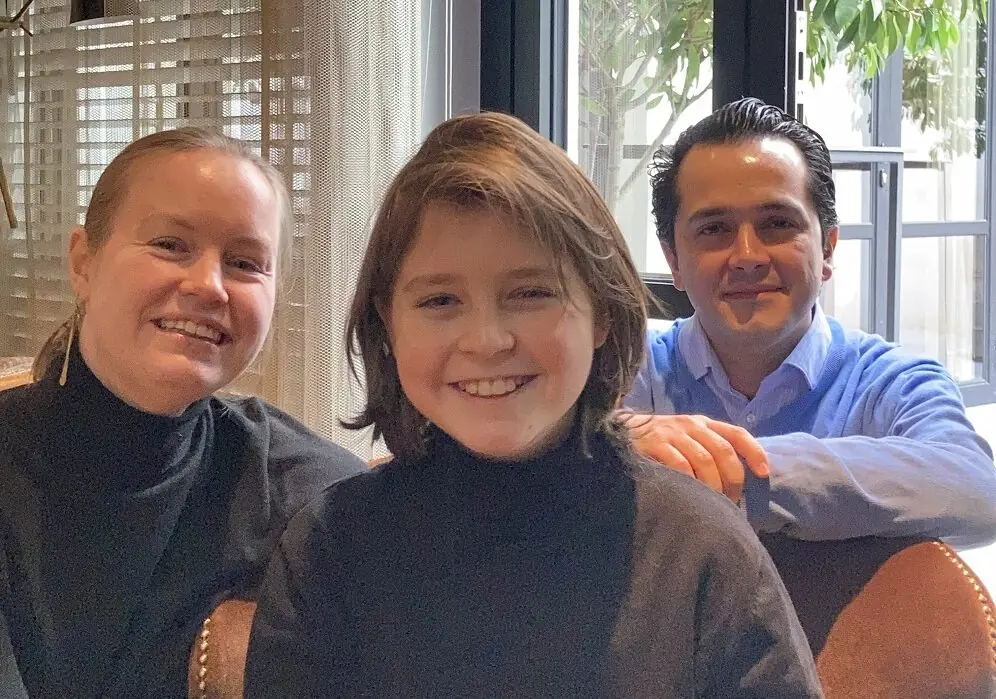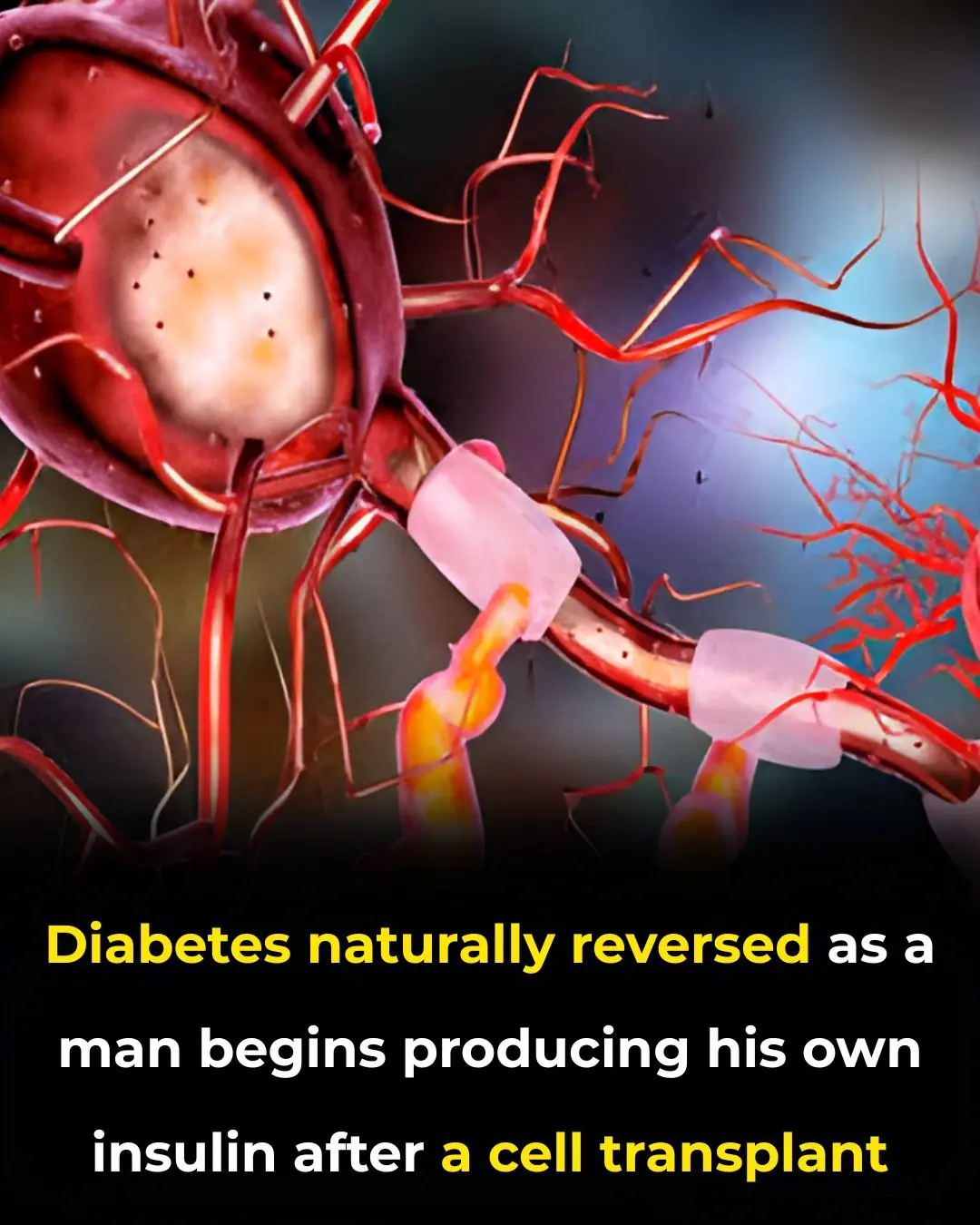
🧠 The Resilient Mind: A Case Study in Neuroplasticity Challenges the Limits of Human Cognition
The human brain, often regarded as the command center of our existence, is assumed to require structural integrity to maintain normal cognitive and physical function. However, a sensational medical case study originating from France dramatically challenged this understanding, providing profound evidence of the brain's extraordinary resilience and adaptability, a phenomenon known as neuroplasticity.
The case involved a 44-year-old man who presented to his doctor after experiencing only mild weakness in his left leg. What doctors discovered upon conducting routine brain imaging left the medical community stunned: detailed computerized tomography (CT) and magnetic resonance imaging (MRI) scans revealed that nearly 90% of his brain tissue was missing . The man's cranium was largely filled with cerebrospinal fluid (CSF), leaving only a thin rim of cortical tissue.
The Medical Revelation: Massive Hydrocephalus
The underlying cause of this massive tissue loss was identified as hydrocephalus ("water on the brain"). This condition, in which an excess accumulation of cerebrospinal fluid (CSF) occurs, typically exerts pressure on the brain, damaging the tissue. In this particular patient, it was believed that the condition had developed slowly, possibly starting in infancy or early childhood.
Ordinarily, such a profound loss of brain matter—specifically the gray and white matter responsible for processing sensory input, controlling motor functions, and housing complex cognitive processes—would result in severe, incapacitating physical and intellectual disabilities. Yet, the patient had been living a completely normal, functional life for decades. He was a married father of two, working as a civil servant, and exhibited no signs of cognitive or physical disability that would typically be associated with such a catastrophic structural deficit. His IQ, though low-normal, did not indicate severe intellectual impairment.
The Power of Neuroplasticity
Scientists and neurologists believe this case provides the most dramatic evidence to date of the brain's capacity to reorganize and adapt—a process termed neuroplasticity. Because the fluid buildup and subsequent brain compression occurred extremely slowly over many years, the remaining brain tissue was given an immense amount of time to compensate for the loss.
The intact, albeit highly compressed, neurons were able to gradually take over the functions that would normally be handled by the lost tissue. Functions that are usually spatially segregated across various regions of the cortex (such as language processing, memory formation, and motor control) were likely consolidated into the small, surviving regions of the brain. This gradual, functional reallocation showcases the incredible ability of the human mind to rewire itself to maintain essential operational capabilities.
Implications for Neuroscience and Cognition
This singular case has enormous implications for our understanding of brain structure, function, and resilience:
-
Challenging Localization Theory: It fundamentally challenges the strict principles of functional localization, the theory that specific areas of the brain are dedicated solely to specific functions. The patient’s normal life suggests that surviving tissue can be highly versatile, performing multiple roles simultaneously.
-
Highlighting CSF Dynamics: It encourages further research into the long-term effects of CSF dynamics and pressure on cortical tissue development and function.
-
Resilience of the Young Brain: While the extent of adaptation is remarkable, scientists hypothesize that the neuroplastic window of childhood was crucial. The young, developing brain is far more adaptable than the adult brain, allowing the slow-onset hydrocephalus to trigger this massive reorganization effectively.
The story of the French civil servant is more than a medical curiosity; it is a profound testament to the adaptability of the human brain. It affirms that the structure we are born with is less definitive than the extraordinary capacity for change, reminding us that the human mind's most potent quality might be its inherent ability to overcome what appear to be biological impossibilities.
📚 References
-
Feuillet, L., Dufour, H., & Pelletier, J. (2007). Brain of a Man Who Lived with Extremely Severe Hydrocephalus. The Lancet. (The original case report documenting the patient's condition).
-
Doidge, N. (2007). The Brain That Changes Itself: Stories of Personal Triumph from the Frontiers of Brain Science. (Popular science literature discussing neuroplasticity and its implications, often referencing this case).
-
Journal of Neurology, Neurosurgery & Psychiatry. (Academic journals frequently publishing case studies on neurological anomalies and brain function).
News in the same category


🌊 Harnessing the Ocean’s Power: Scientists Pioneer a Breakthrough in Turning Seawater into Emission-Free Hydrogen Fuel

🧬 Pioneering Hope: Japanese Researchers Achieve Historic Movement Restoration Using Stem Cell Therapy for Paralysis

🧊 The New Frontier in Oncology: MRI-Guided Cryoablation Offers Non-Invasive, Precision Cancer Treatment

🕷️ The Unexpected Side Effect: Neurotoxins in Brazilian Wandering Spider Venom and the Quest for New Medicines

Could Your Blood Type Be Influencing How You Age

Trump Gives Update on $2,000 Check Plan

Why Those Tiny Dots on Your Nose Are Completely Normal

The Netherlands Builds a 600-Meter Floating System to Clean Ocean Plastic: A Breakthrough for Global Marine Protection

✅ International Medical Recommendations for Treating Snakebites

🌟 Belgium’s 15-Year-Old Prodigy Earns a PhD in Quantum Physics — A Remarkable Journey of Genius and Innovation 🌟

Breakthrough Cell Transplant Restores Insulin Production, Offering New Hope for Diabetes Reversal

A Homeless Pup's Heartfelt Payment: A Story of Kindness and Unspoken Bonds

Renewable Energy Surpasses Coal as World's Largest Source of Electricity: A Historic Milestone for Humanity and the Planet

What You Do First in This Scenario

Revolutionary Alzheimer's Treatment: Sound Waves Used to Remove Brain Plaques and Restore Memory

From Space to Earth: The Science Behind Felix Baumgartner’s Record-Breaking Jump

Transforming Oil into Green Prosperity: The Success of Norway’s Sovereign Wealth Fund

Maximize Broccoli's Cancer-Fighting Power: The Simple Trick That Boosts Sulforaphane Formation
News Post

🛡️ The Holy Grail of HIV Research: A Broadly Neutralizing Antibody Targets the Virus's Achilles' Heel

The Day Mr. Brooks Walked Back Into the Sunlight.

🌊 Harnessing the Ocean’s Power: Scientists Pioneer a Breakthrough in Turning Seawater into Emission-Free Hydrogen Fuel

Stacey A. Dixon Set To Make History As The Highest Ranking Black Woman In U.S. Intelligence

🧬 Pioneering Hope: Japanese Researchers Achieve Historic Movement Restoration Using Stem Cell Therapy for Paralysis

🧊 The New Frontier in Oncology: MRI-Guided Cryoablation Offers Non-Invasive, Precision Cancer Treatment

First Black Woman To Become Union Pacific Railroad Train Engineer Releases New Autobiography

🕷️ The Unexpected Side Effect: Neurotoxins in Brazilian Wandering Spider Venom and the Quest for New Medicines

Remembering Fashion Icon André Leon Talley and the Powerful Legacy He Left Behind

She Just Made History As The First Black Person In The World To Hold A PhD In Survey Methodology

Homemade Carrot Oil for Glowing Skin

Fresh, delicious, firm field crabs, just aim for this spot, 10 out of 10 will be correct.

Why do flat plugs always have two small holes? It turns out they have surprising uses that many people don't know about.

Cooking sticky rice for the full moon offering in a rice cooker is as quick and sticky as using a steamer thanks to this secret.

Clove benefits for Skin – Clove Oil, Clove Gel & Clove ice cubes

Look 10 Years Younger Wash your Face daily with this Water

The Best Natural Remedies to Treat and Prevent Varicose Veins Effectively

Why You Should Keep a Small Amount of Cash Behind Your Phone Case — A Useful Trick Few People Know
